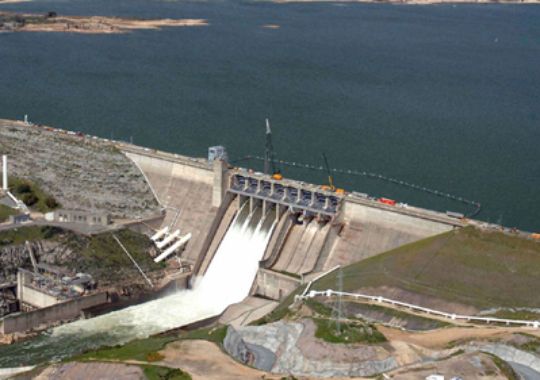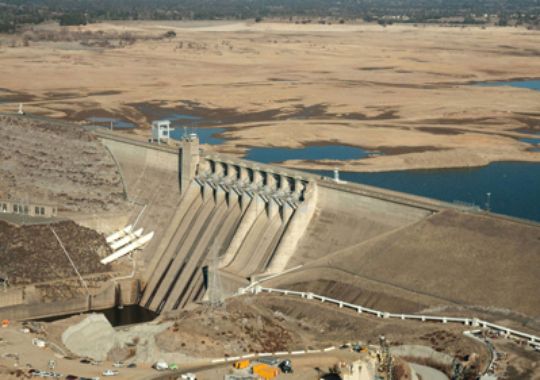Questions are being raised by several Auburn-area residents about a proposal to build a hydroelectric generation facility at the North Fork Dam at Lake Clementine.
Speakers at a public session Monday on the privately funded project wanted to know about its effect on downstream recreation, potential drops in scenic flows over the dam and other potential impacts.
About 25 people attended the session at theCanyon View Community Center, and the number of questions spurred the project proponent to schedule a special meeting at 6 p.m. Aug. 26 to provide an overview of the project and address queries.
Monday’s session was a public one but meant to concentrate on comments by government agencies and stakeholder groups about study plans by Los Angeles-based American Renewables and Kruger Energy of Canada.
Project manager Dan Parker agreed to the question-and-answer session after a request for a separate meeting in the evening to allow Monday’s session with government agencies to move forward on time. The location for the Aug. 26 meeting has yet to be determined.
Answering a question Monday from Helga White of Auburn, Parker said that esthetic flows over and environmental flows to aid wildlife and plant life downstream would take precedent over power-generation flows. The picturesque dam was built in 1939 to hold back mining debris but allow river flows downstream.
The proposed 15-megawatt power-generation facility – designed to produce electricity to serve 3,000 households – is to be operated on a “run-of-the-river” basis. It would take advantage of higher flows in the rainy season and go offline in late July, August and September, when flows along the North Fork American River are low.
“We don’t get our water first,” Parker said. “We get our water last.”
Michael Garabedian of the Friends of the North Fork asked whether a survey was being planned – “not just conversations” – on canyon users’ reaction to the project. He was told a survey was planned on recreational use.
The original survey, conducted in 2006 by State Parks in the Auburn State Recreation Area, “didn’t show interest in this type of development or development of any kind, as I recall,” Garabedian said.
More at AunurnJournal.com >>>


